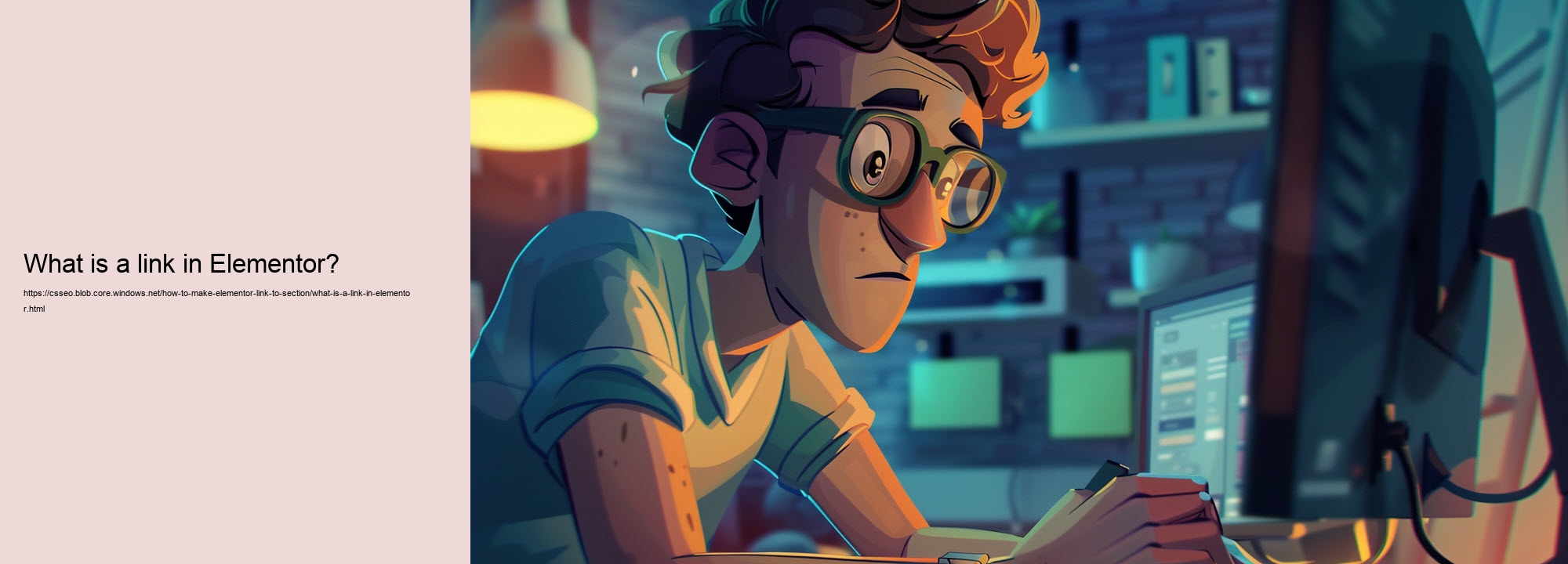Types of links in Elementor
Links in Elementor are an essential element that allows users to direct visitors to other pages, websites, or resources with just a simple click. What is a section in Elementor? . These links can be added to text, images, buttons, icons, and more to create interactive and engaging content for your website.
There are several types of links that can be used in Elementor to suit different needs and preferences. The most common type is the standard URL link, which directs users to a specific webpage when clicked. This type of link is straightforward and easy to set up by inserting the desired URL into the designated field.
Another type of link available in Elementor is the anchor link, which allows users to navigate within the same page by linking to a specific section or heading. This is useful for creating smooth scrolling effects or directing users to relevant information on long pages.
Furthermore, Elementor also offers the option to add dynamic links that automatically update based on specific criteria such as post categories or tags. This feature is particularly handy for displaying related content or products on your website without having to manually update each link.
In conclusion, links play a crucial role in enhancing user experience and navigation on your website. By utilizing different types of links in Elementor, you can create an interactive and seamless browsing experience for your visitors while driving traffic to key pages or resources.
How to add a link in Elementor
Adding a link in Elementor is a simple and straightforward process that allows you to easily direct your website visitors to another webpage or source of information. A link is essentially a clickable element on your website that, when clicked, takes the user to a different page.
To add a link in Elementor, first open the Elementor editor and select the text or image that you want to turn into a link. Then, click on the "Link" button located at the top of the editor. This will bring up a window where you can enter the URL of the page you want to link to.
Once you have entered the URL, you can also choose whether you want the link to open in the same tab or in a new tab. This allows users to easily navigate back to your website after viewing the linked page.
Adding links in Elementor is an important aspect of web design as it helps improve navigation and directs users to relevant content. By incorporating links strategically throughout your website, you can enhance user experience and keep visitors engaged with your content.
Customizing links in Elementor
In Elementor, a link is a clickable element that directs users to another webpage, website, or file. Links are commonly used to navigate between different pages within a website or to external sources.
Customizing links in Elementor allows users to control the appearance and behavior of the links on their website. This includes changing the text color, font size, style, and hover effects of the links. Users can also add animations, icons, or images to make their links more visually appealing.
By customizing links in Elementor, users can create a cohesive and professional-looking design for their website. This helps improve user experience and encourages visitors to explore more content on the site.
Overall, understanding how to customize links in Elementor is essential for creating an engaging and visually pleasing website that effectively guides users through the content.
Best practices for using links in Elementor
Links in Elementor are an essential tool for creating interactive and engaging websites. A link is a connection between one web page and another, allowing users to navigate seamlessly between different pages on a website or to external sites.
When using links in Elementor, it is important to follow best practices to ensure a smooth user experience. One key best practice is to make sure that your links are clear and descriptive, so users know exactly where they will be taken when they click on them. This can help prevent confusion and frustration for visitors to your site.
Another important best practice is to use links sparingly and strategically. While links can be useful for directing users to relevant content or resources, too many links can clutter your page and overwhelm visitors. It's important to prioritize the most important links and only include those that add value to the user experience.
Additionally, it's crucial to test all of your links regularly to make sure they are functioning properly. Broken links can frustrate users and damage your site's credibility, so it's important to stay on top of any issues that may arise.
Overall, using links in Elementor effectively can enhance the usability of your website and improve the overall user experience. By following best practices and being mindful of how you incorporate links into your design, you can create a seamless and intuitive browsing experience for your visitors.
